
Fresh US Tariffs on Chinese Goods Could Push Beijing to Buy Iranian Oil
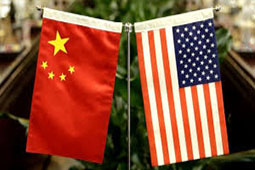
“Global oil consumption growth is running at the weakest levels in nearly a decade ... Protectionism has taken a big toll on global industrial activity. We estimate that the latest round of US tariffs on China could weaken global oil demand by an additional 250 to 500 thousand barrels per day,” BofA analysts said in a note.
Also, a decision by China to reinitiate Iran crude purchases could send oil prices into a tailspin, the bank added.
“In the extreme, a combination of weaker demand and the return of up to 1.5 million bpd of Iran oil would weaken our balances by up to 2 million bpd,” BofA announced.
Oil prices regained ground on Friday with an average 2% rise after their biggest fall in over three years, following US President Donald Trump’s threat of another tariff hike on Chinese imports.
Brent futures gained $1.50, or 2.5%, rising to $62 a barrel by Friday morning, while US West Texas Intermediate (WTI) futures rose $1.07, or 2%, to $55.02 a barrel.
Trump recently warned that China will get “a much tougher” agreement if Beijing keeps stalling the talks until the 2020 presidential election in the US.
China announced on Friday that the country would have to take countermeasures if the United States was committed to imposing more tariffs on Chinese goods.
The foreign ministry’s spokesperson Hua Chunying was quoted by Reuters as saying that the US – the world’s largest economy – should give up its illusions, shoulder some responsibility and get back on the right track to resolve the trade war.
She added that, while China does not want a trade war with the US, it is not afraid of fighting one.
The Chinese Foreign Minister, Wang Yi, also stated on Friday that tariffs are "not a constructive" way to solve the US trade war, AFP reported.
"Slapping on tariffs is definitely not a constructive way to resolve economic and trade frictions, it's not the correct way", Wang noted.
The trade war between the world’s two largest economies broke out last year, when Trump slapped 25 percent tariffs on $50 billion worth of Chinese products. Beijing retaliated in kind, with both sides exchanging several rounds of tit-for-tat levies. In June, the US raised tariffs on $250 billion worth of Chinese goods to 25 percent, with China retaliating by targeting 5,000 US-made products worth $60 billion. Washington and Beijing agreed to put tariff hikes on hold after Trump’s talks with Chinese leader Xi Jinping at the G20 summit in June, but that 'truce' appears to have now come to an end.


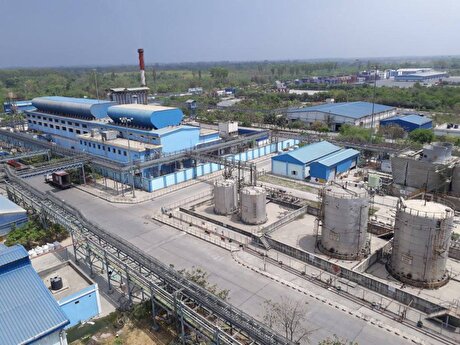
Hindustan Zinc to invest $438 million to build reprocessing plant

Gold price edges up as market awaits Fed minutes, Powell speech

Glencore trader who led ill-fated battery recycling push to exit

UBS lifts 2026 gold forecasts on US macro risks

Emirates Global Aluminium unit to exit Guinea after mine seized

Roshel, Swebor partner to produce ballistic-grade steel in Canada

Iron ore price dips on China blast furnace cuts, US trade restrictions
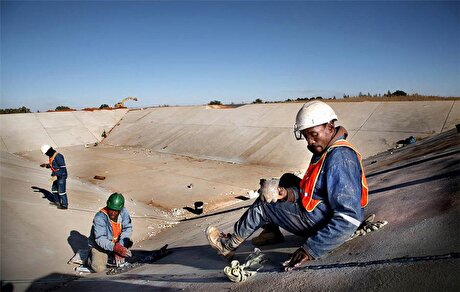
South Africa mining lobby gives draft law feedback with concerns

EverMetal launches US-based critical metals recycling platform

Barrick’s Reko Diq in line for $410M ADB backing
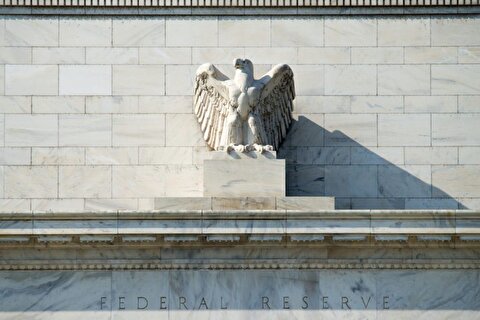
Gold price gains 1% as Powell gives dovish signal

Electra converts debt, launches $30M raise to jumpstart stalled cobalt refinery

Gold boom drives rising costs for Aussie producers
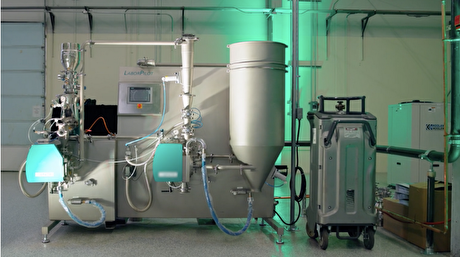
Vulcan Elements enters US rare earth magnet manufacturing race
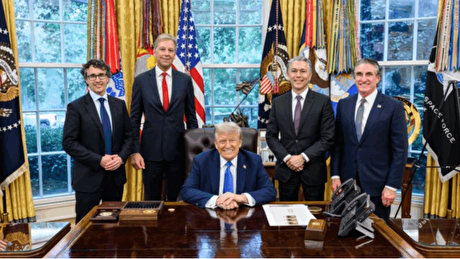
Trump raises stakes over Resolution Copper project with BHP, Rio Tinto CEOs at White House

US seeks to stockpile cobalt for first time in decades

Trump weighs using $2 billion in CHIPS Act funding for critical minerals

Nevada army depot to serve as base for first US strategic minerals stockpile

Emirates Global Aluminium unit to exit Guinea after mine seized

Barrick’s Reko Diq in line for $410M ADB backing

Gold price gains 1% as Powell gives dovish signal

Electra converts debt, launches $30M raise to jumpstart stalled cobalt refinery

Gold boom drives rising costs for Aussie producers

Vulcan Elements enters US rare earth magnet manufacturing race

US seeks to stockpile cobalt for first time in decades

Trump weighs using $2 billion in CHIPS Act funding for critical minerals

Nevada army depot to serve as base for first US strategic minerals stockpile

Tailings could meet much of US critical mineral demand – study
















